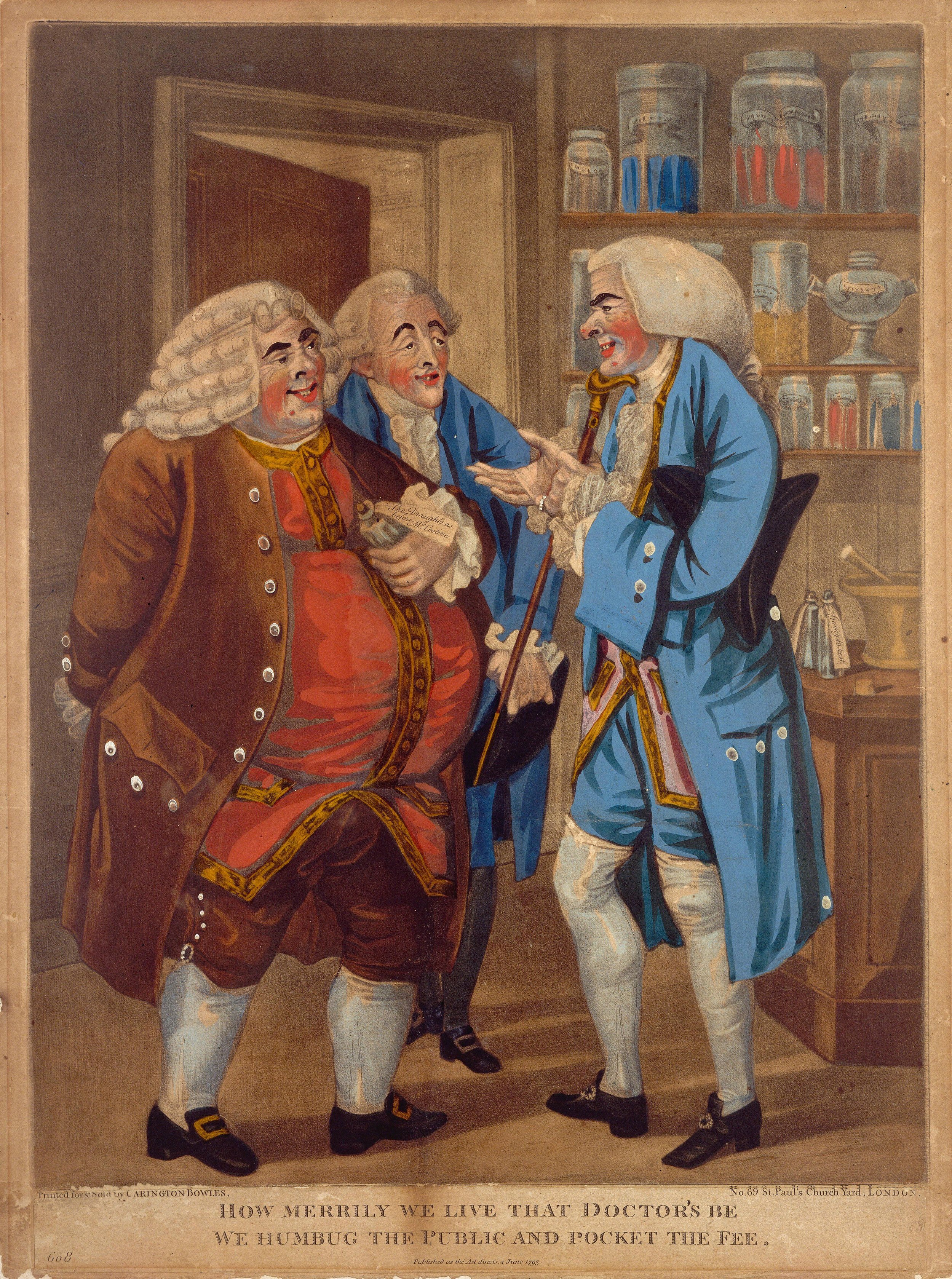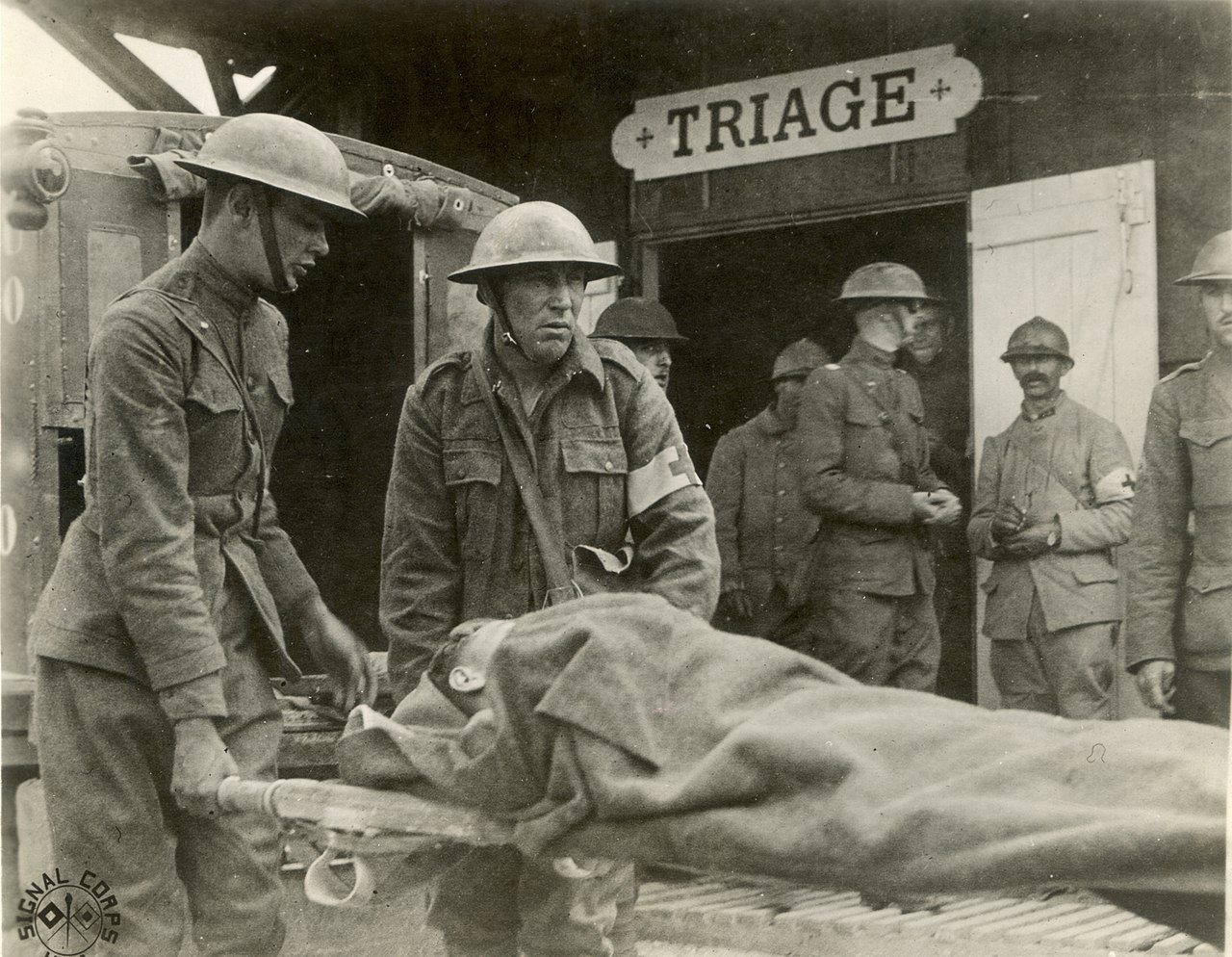9 January 2023
A bigwig is a person of some importance. The origin of the term is exactly what one might expect; it arises out of the eighteenth-century practice of wealthy and important personages wearing large, powdered wigs. But in its earliest uses the term is particularly associated with physicians, only later being applied more generally to important people.
Big wig appears first as a noun phrase referring to the wig, not the person wearing it. We see such a literal phrase in Oliver Goldsmith’s 1759 essay “On Dress”:
For my entertainment the beauty had all that morning been improving her charms, the beau had put on lace, and the young doctor a big wig, merely to please me.
The earliest use, that I know of, of bigwig applied to a person, again a physician, is in George Alexander Stevens’s 1772 song Tom O’ Bedlam.
Here’s a Bumber, my Boys, may we still find the way,
To speak what we know, and to know what we say.
Ye big Wigs of Gresham some Nostrum compound,
To keep our Heads clear and preserve our Hearts sound.
May Greatness and Goodness as partners agree,
May our sons, like ourselves, social sing, WE ARE FREE!
And may we, self conscious, presumption despise,
Nor e’er be so mad as to thing ourselves wise.
Note the capitalization (it was a common eighteenth-century practice to capitalize all nouns) indicates that big Wig was not yet considered a single lexical item but was still considered a noun phrase with an adjective.
And we also see it in Joseph Atkinson’s 1788 play A Match for a Widow. In this scene, set in a tavern, a doctor, Quack, is in conversation with two soldiers, Gauge and Drill:
Quack. O, curse long stories, they make me yawn—let’s drink about, here’s the king’s health.
Drill. Aye, God bless him—he’s a good master, if he’d but make the big wigs give the poor soldiers better pay.
Gauge. You minister—what, to Doctor the constitution as you do your patients—by killing them.
Quack. No reflections on my calling, if you please, Mr. Gauge.
And here, the italicization of big wig indicates that the phrase was by this point considered a single unit, a lexical item.
Sources:
Atkinson, Joseph. A Match for a Widow. London: C. Dilly, 1788, 2.1, 19. Eighteenth Century Collections Online (ECCO).
Goldsmith, Oliver. “On Dress.” The Bee. Being Essays on the Most Interesting Subjects. London: J. Wilkie, 1759, 38. Eighteenth Century Collections Online (ECCO).
Oxford English Dictionary, third edition, December 2008, s.v. bigwig, n.
Stevens, George Alexander. “Tom O’ Bedlam.” Songs, Comic and Satyrical. Oxford: 1772, 229. Eighteenth Century Collections Online (ECCO).
Image credit: Robert Dighton, 1793, Wellcome Collection. Public domain image.





